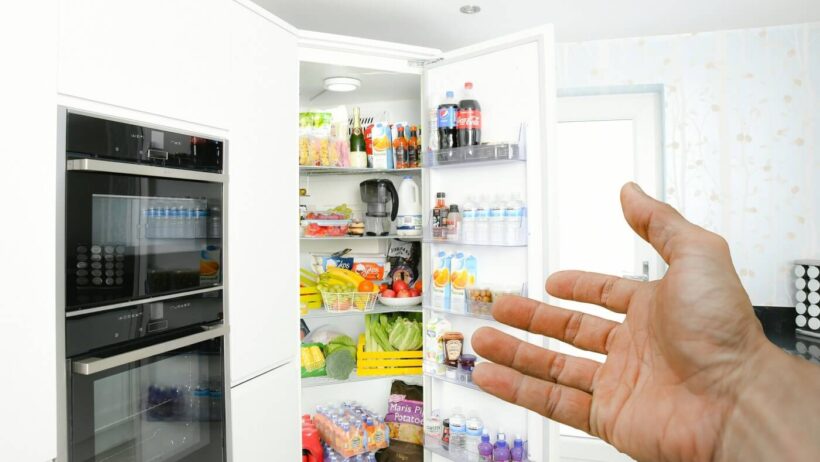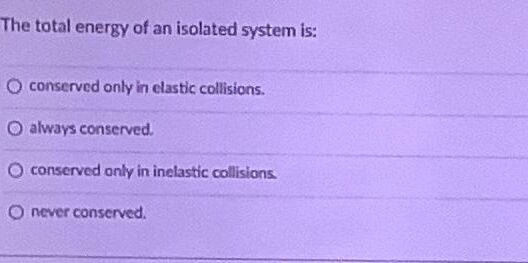In the expansive landscape of modern appliances, the refrigerator reigns supreme as the steadfast sentinel of freshness and sustenance. Yet, beneath its stainless steel exterior lies an intricate web of energy consumption that begs the question: are new fridges truly energy conserving? This query, while seemingly straightforward, unravels into a tapestry rich with nuanced insights and profound implications for environmental stewardship.
At the heart of the matter lies the significance of energy efficiency—a concept that has burgeoned into a clarion call for sustainability in the face of climate change. The imperative for effective energy utilization is akin to nurturing a fragile ecosystem, where every watt conserved is a victory in the battle for our planet’s future. Newer refrigerator models, frequently touted for their eco-friendly credentials, must be examined carefully against a backdrop of technological advancements and regulatory measures.
The genesis of modern energy-efficient fridges can be traced back to governmental initiatives, particularly in the United States, that established standards aimed at curtailing energy consumption. The Energy Star program, for instance, serves as a beacon of efficiency, encouraging manufacturers to produce appliances that consume significantly less electricity than their predecessors. In the realm of refrigeration, these standards have propelled innovations in design and technology that promise both environmental benefits and cost savings for consumers.
Recent advancements in compressor technology are a paramount example. Traditional compressors functioned like switches—turning on and off frequently—leading to energy spikes that could be likened to a roller coaster ride, with peaks and troughs of intense energy usage. In contrast, inverter compressors now operate with a more smooth and consistent approach, adjusting to changing temperatures and reducing energy consumption much like a responsive orchestra harmonizing to maintain a seamless melody. This paradigm shift exemplifies how even mechanical components can play pivotal roles in energy conservation.
Moreover, insulation has undergone a transformative evolution, enhancing a fridge’s capacity to maintain optimal temperatures with minimal energy expenditure. High-density foam insulation, which has replaced less efficient materials, acts as a formidable barrier against thermal leakage, much like a well-constructed dam that prevents water loss. As heat transfer diminishes, the need for refrigeration systems to work overtime diminishes as well, yielding not only lower energy bills but also a reduced carbon footprint.
Another crucial factor to consider is the size and placement of the refrigerator. A refrigerator that is too large for its needs is akin to a sprawling mansion that remains largely unoccupied; it consumes resources far beyond necessity. Size does matter, but so does location. Positioning a fridge away from heat sources, such as ovens or direct sunlight, ensures that it can operate more efficiently. This consideration appeals to both aesthetics and efficiency, underscoring that energy conservation is often tied to thoughtful design choices.
Nevertheless, the transition to energy-efficient models is not without its caveats. The financial implications can be daunting, as new fridges tend to carry a higher upfront cost than their older counterparts. However, this initial investment should be viewed through the lens of long-term savings. The economic calculus becomes more favorable when factoring in reduced energy bills over time and potential rebates for purchasing energy-efficient appliances. It mirrors the philosophy of planting a tree: while the effort may be significant in the beginning, the long-term benefits—shade, fruit, and enriched air—are immeasurable.
Additionally, the longevity of appliances plays a critical role in determining their environmental impact. A fridge that endures for a decade or more—particularly energy-efficient models—offers a compelling narrative in the discussion of sustainability. The environmental burden associated with manufacturing and disposing of appliances is substantial, and reducing the frequency of replacements is akin to closing the tap on a leaky faucet, which contributes to a more significant conservation effort.
Another intriguing point to consider is the role of smart technology in energy conservation. Connected appliances, typified by smart fridges, offer an unprecedented level of control—enabling users to monitor energy usage and optimize settings through mobile applications. This integration of technology not only fosters convenience but empowers consumers to be proactive in managing their energy consumption. It’s a glimpse into a future where households can emulate the efficiency of a well-oiled machine, optimizing energy use to suit their lifestyles.
However, as we march forward into this brave new world of energy-efficient appliances, it is vital to remain vigilant about the ethical implications of production and disposal. The environmental toll of raw materials extraction and electronic waste looms large, necessitating a commitment to sustainable sourcing and responsible recycling practices. It is crucial to champion manufacturers who prioritize these values, ensuring that the quest for efficiency harmonizes with broader environmental goals.
In conclusion, while new fridges possess an array of features and technologies that contribute to energy conservation, the ultimate efficiency depends on various factors including usage habits, placement, and consumer awareness. Embracing energy-efficient appliances is an essential step toward reducing our collective environmental footprint, but it is merely one piece of the intricate puzzle. By making informed choices, consumers can foster an ecosystem of sustainability, cultivating a future where energy conservation is not just an ideal, but a tangible reality. The refrigerator, as humble as it may seem, can indeed be a powerful ally in this vital endeavor.








